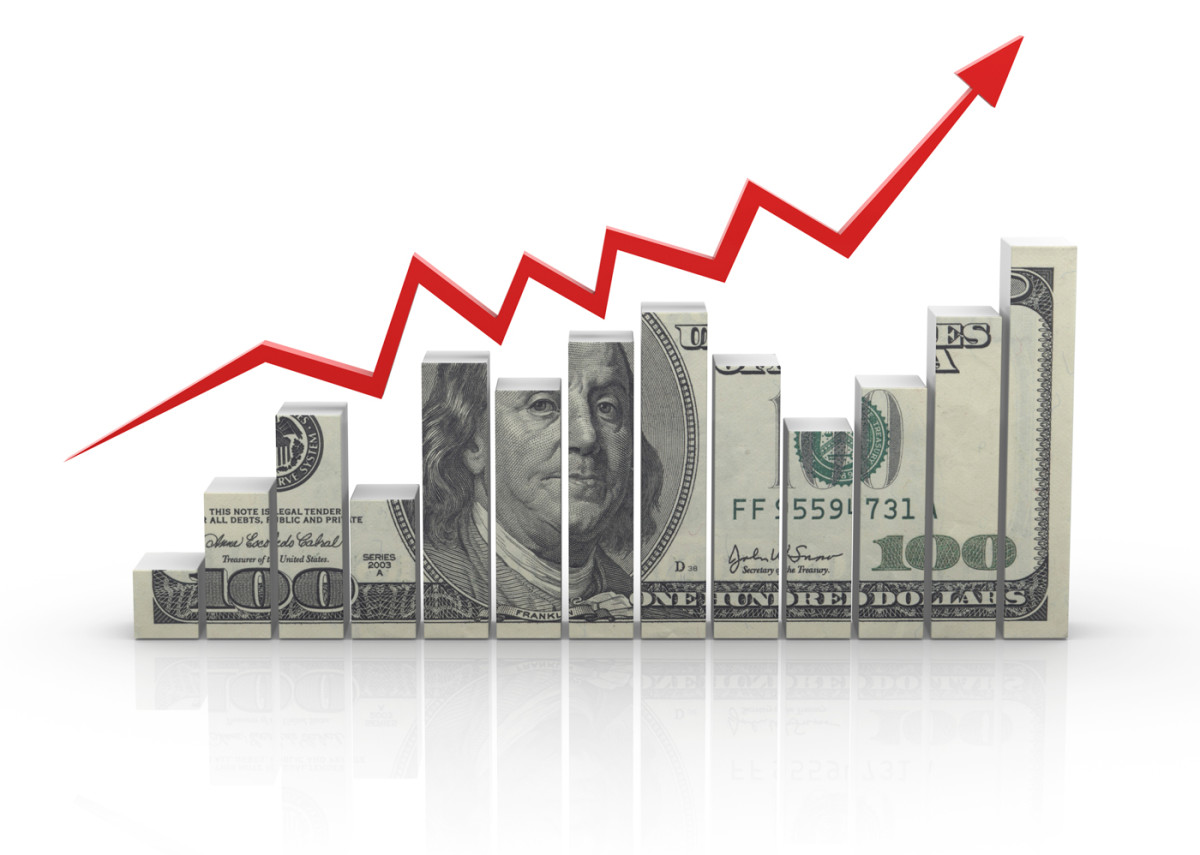After five consecutive months of increases, pending home sales in June dropped 1.8% — expectations were for a 0.9% gain — the biggest drop since December 2013, according to the National Association of Realtors.
Modest gains in the Northeast and West were offset by larger declines in the Midwest and South.
The Pending Home Sales Index, a forward-looking indicator based on contract signings, fell 1.8% to 110.3 in June but is still 8.2% above June 2014 (101.9).
“This is a tricky time of year to assess housing trends as the housing market is very seasonal,” said Jonathan Smoke, chief economist for realtor.com. “The seasonal trend varies by market so a general interpretation of these numbers should be treated with skepticism.
“The underlying data was a mixed bag: the Northeast and West had slight increases on the seasonally adjusted index while the South and Midwest experienced declines. Even more confusing is the fact that the non-seasonally adjusted rate actually increased 2.6% in June over May, and only the Northeast and West had declines in the nonseasonal index,” he said.
Smoke remained positive. He said that regardless of what reading you prefer, the level of sales remains high.
“You have to go back to 2006 to see better readings on both indices,” Smoke said.
Despite last month’s decline, the index is the third highest reading of 2015 and has now increased year-over-year for ten consecutive months.
“Affordability is going to be the decisive factor in the housing market’s continued recovery,” says Selma Hepp, chief economist for Trulia. “Since pending sales are homes that are in escrow (e.g., have a signed contract) and will likely close in 1 to 2 months, it suggests that existing home sales through the summer will post solid year-over-year gains.
“However, we starting to see a slowdown which may be because home prices are pushing up against the affordability ceiling especially in faster moving markets where inventory is tight,” she said.
Lawrence Yun, NAR chief economist, says although pending sales decreased in June, the overall trend in recent months supports a solid pace of home sales this summer.
“Competition for existing houses on the market remained stiff last month, as low inventories in many markets reduced choices and pushed prices above some buyers’ comfort level,” he said. “The demand is there for more sales, but the determining factor will be whether or not some of these buyers decide to hold off even longer until supply improves and price growth slows.”
According to Yun, existing-home sales are up considerably compared to a year ago despite the share of first-time buyers only modestly improving1. The reason is that the boost in sales is mostly coming from pent-up sellers realizing their equity gains from recent years.
“Strong price appreciation and an improving economy is finally giving some homeowners the incentive and financial capability to sell and trade up or down,” Yun said. “Unfortunately, because nearly all of these sellers are likely buying another home, there isn’t a net increase in inventory. A combination of homebuilders ramping up construction and even more homeowners listing their properties on the market is needed to tame price growth and give all buyers more options.”
The PHSI in the Northeast inched 0.4% to 94.3 in June, and is now 12.0% above a year ago. In the Midwest the index declined 3.0% to 108.1 in June, but is still 5.0% above June 2014.
Pending home sales in the South also decreased 3.0% to an index of 123.5 in June but are still 7.8% above last June. The index in the West increased 0.5% in June to 104.4, and is now 10.4% above a year ago.
The national median existing-home price for all housing types in 2015 is expected to increase around 6.5% to $221,900, which would match the record high set in 2006. Total existing-home sales this year are forecast to increase 6.6% to around 5.27 million, about 25% below the prior peak set in 2005 (7.08 million).


